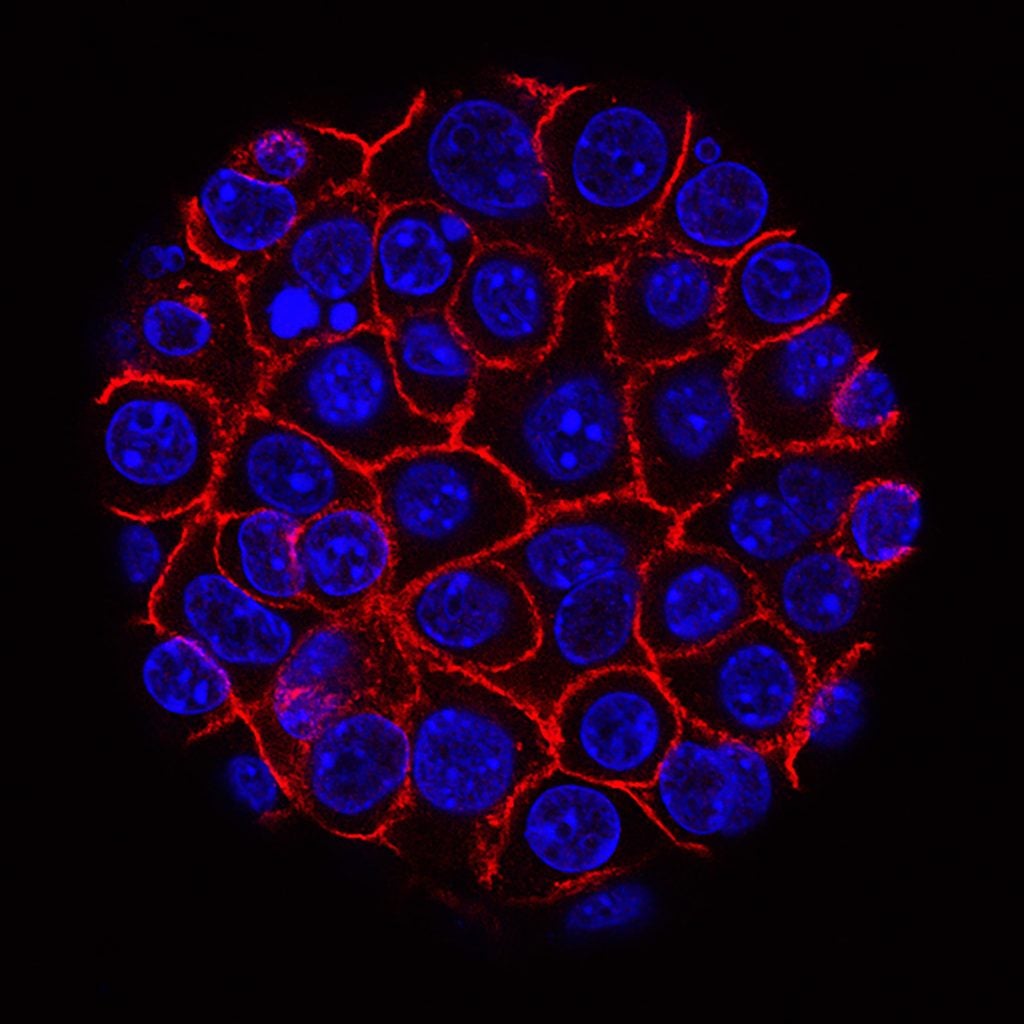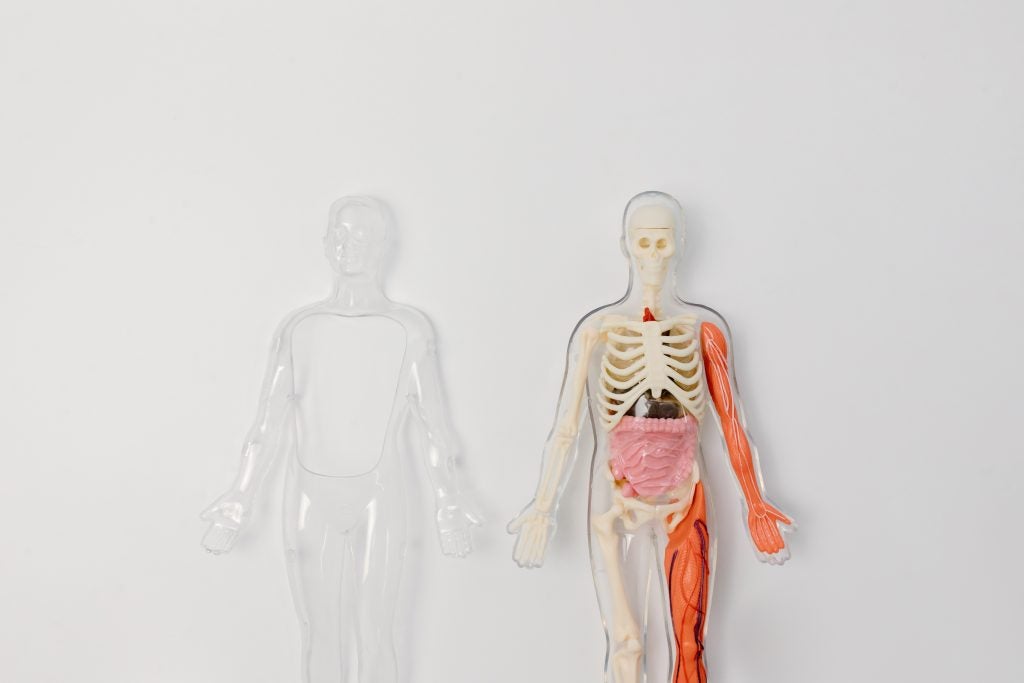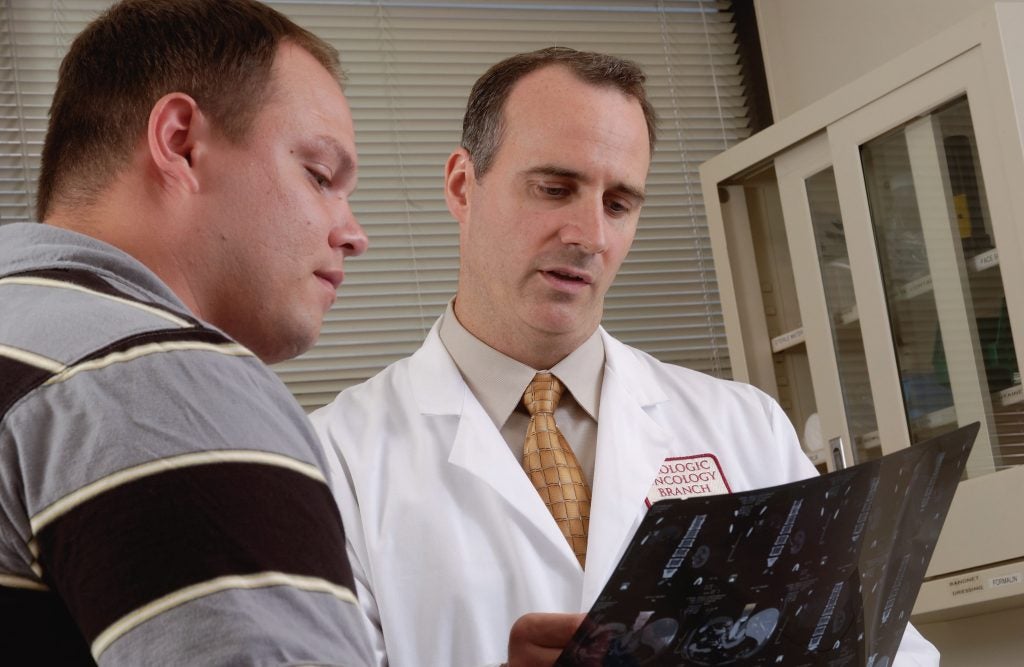Table of Contents
Prostate Cancer Overview

Cancer is a condition in which mutated cells in the body grow and multiply out of control. When these cells grow in the prostate gland, it is called prostate cancer.
The most common non-skin cancer among American males is prostate cancer. Due to the fact that most prostate cancers grow slowly, there is not a significant health problem with males who have prostate cancer1. This means that prostate cancer should not reduce life expectancy of males who have prostate cancer. Many males with prostate cancer that has not spread to any other part of the body will live the remainder of their lives without ever experiencing any symptoms from the cancer itself2.
Statistics
According to the National Cancer Institute, about 220,800 males were diagnosed with prostate cancer in 2015 alone. That amount is about 13.3% of all new cancer cases in the United States. An estimated 27,540 males died from prostate cancer in 2015, which accounts for 4.7% of all cancer related deaths. Based on the 2010-2012 data, approximately 14% of males will be diagnosed with prostate cancer at some point during their lifetime. In 2012, there were an estimated 2,795,592 males living with prostate cancer in the United States alone3. Fortunately, the percent of patients surviving with prostate cancer is 98.9%. Only about 1.1% of the patients living with prostate cancer died of complications related to the cancer being metastasized or of other causes of death.

What is the Prostate?
The prostate gland is located at the base of the bladder and is about the size of a walnut. The function of the prostate is to secrete fluid that nourishes and protects the sperm in semen. During ejaculation, the muscle contraction squeezes the prostate gland and releases fluid that contributes to the formation of semen4. The prostate gland tends to increase in size as a man ages1. Therefore, it is recommended for males who are between the ages of 40 and 70 to get tested for prostate cancer. The reason why it is not recommended for males older than 70 to be tested for prostate cancer is because their PSA level tends to be higher than normal even though they don’t have prostate cancer.

Risk Factors
A risk factor is anything that will increase the chance of getting a disease.
The following are some risk factors that can increase the chances of a person contracting prostate cancer:
- Age – There is an increase in the chances of acquiring prostate cancer as a man ages1. Prostate cancer is uncommon in males younger than 40, but the chances of having prostate cancer rise exponentially after age 50. In the age group of males older than 65, about 6 in 10 cases of prostate cancer are found5.
- Race/Ethnicity – In African-American males and in Caribbean males of African ancestry, there is a greater prevalence of prostate cancer. Prostate cancer occurs less often in Asian-American and Hispanic/Latino males than in non-Hispanic whites5.
- Geography – Prostate cancer is most common in areas such as North America, northwestern Europe, Australia, and on the Caribbean islands. It is less common in Asia, Africa, Central America, and South America5.
- Family history – Prostate cancer tends to run in families, which suggests that in some cases there may be an inherited or genetic factor linked to prostate cancer. Having a father, brother, or son who has had prostate cancer puts a man at a much higher risk of developing the cancer himself5.

Symptoms of Prostate Cancer
Many people display different symptoms of prostate cancer due to the varying physiology of the human body. Listed below are common symptoms of prostate cancer.
- Difficulty starting urination1
- Weak or interrupted flow of urine1
- Frequent urination, especially at night1
- Difficulty emptying the bladder completely1
- Pain or burning during urination1
- Blood in the urine or semen1
- Pain in the back, hips, or pelvis that persists for an extended period of time1
- Painful ejaculation1
Is it possible that these symptoms may be caused by a number of conditions other than prostate cancer, so it is important to talk to a doctor about any symptoms that occur.
Screening and Diagnosis
It is recommended that males between the ages of 40 and 70 get tested for prostate cancer6. There are two direct methods to test for prostate cancer:
- Digital Rectal Exam – During this exam a doctor inserts a gloved, lubricated finger into the rectum to estimate the size of the prostate and feel for lumps or other abnormalities1. It is usually administered during a regular physical exam with your physician. The exam may feel a little uncomfortable in the beginning but it should not be painful. Inform a doctor if it becomes too painful.
- Prostate specific antigen (PSA) test – PSA is prostate-derived protein. By collecting a blood panel, doctors can determine the level of PSA in the blood. The level of PSA in the blood is often higher in males who have prostate cancer. PSA levels may also be elevated due to conditions other than prostate cancer1. Since there are many factors that can affect PSA levels, a doctor is the most qualified person to interpret these results.
If either of the two screenings listed above are abnormal, a biopsy of the prostate is examined. A biopsy is a small piece of tissue that is removed from the prostate and examined under a microscope to determine whether or not the cells are cancerous1.
Treatments
There are different types of treatment available for prostate cancer. Each person should have a conversation with their doctor to discuss which treatment plan is most suitable for their situation:
- Active Surveillance – closely monitoring the prostate by performing prostate specific antigen (PSA) tests and routine digital rectal exams1.
- Surgery– a surgical option, called a prostatectomy is available; this is a procedure in which the surgeon removes the entire prostate gland1.
- Radiation therapy – using high-energy rays to kill the cancerous cells1.
- Hormone therapy – this method prevents the cancer cell from receiving hormones that would allow it to facilitate the growth of new cancer cells1.
Relationship between Prostate Cancer and Erectile Dysfunction

Prostate cancer alone does not cause erectile dysfunction but the treatments for prostate cancer may lead to this problem7. Erectile dysfunction is the inability to develop or sustain an erection during sexual activity. The most common prostate cancer treatments that cause erectile dysfunction are prostatectomy, radiation therapy, or hormone therapy7. This is because during a prostatectomy, nerves could be damaged during the procedure. The nerves and blood vessels that control the ability to have an erection is very delicate, and any trauma in the area would cause erectile dysfunction.
Current Research
Current research suggest that the following factors may be useful in identifying and preventing new cases of prostate cancer:
- Genetics: Scientists are currently researching the gene that may mutate and in turn cause prostate cancer8. This will allow tests in the future to identify the abnormal prostate cancer gene and screen for males who are at a high risk for developing prostate cancer8.
- Prevention: Scientists are searching for foods that may help reduce the risk of prostate cancer. Currently, scientists have found substances in tomatoes (lycopenes) and soybeans (isoflavones) that may help decrease the chances of getting prostate cancer8.
Concluding Remarks
Some people may be embarrassed or too uncomfortable to talk about a prostate exam with their doctor but it is crucial to communicate with a doctor when experiencing any abnormal symptoms related to prostate cancer. Having a regular rectal screening exam is very important because, as with most cancers, catching the disease early is crucial. Being aware of the risk factors and various screening options for prostate cancer will significantly decrease the chances of developing prostate cancer and will help people live a healthier, risk-free life.
References
1. Center for Disease Control. “Prostate Cancer.” Centers for Disease Control and Prevention. Centers for Disease Control and Prevention, 04 Jan. 2016. Web. 01 Apr. 2016.
2. U.S. Cancer Statistics Working Group. United States Cancer Statistics: 1999–2012 Incidence and Mortality Web-based Report. Atlanta (GA): Department of Health and Human Services, Centers for Disease Control and Prevention, and National Cancer Institute; 2015.
3. National Cancer Institute. “Surveillance, Epidemiology, and End Results Program.”Cancer of the Prostate. National Cancer Institute, n.d. Web. 01 Apr. 2016.
4. WebMD. “Prostate Gland (Human Anatomy): Prostate Picture, Definition, Function, Conditions, Tests, and Treatments.” WebMD. WebMD, n.d. Web. 01 Apr. 2016.
5. American Cancer Society. “Prostate Cancer Risk Factors.” What Are the Risk Factors for Prostate Cancer? American Cancer Society, 11 Mar. 2016.
6. Mayo Clinic. “Prostate Cancer.” Screening: Should You Get a PSA Test? Mayo Clinic, 22 Oct. 2015.
7. Prostate Cancer Foundation. “Erectile Dysfunction – Prostate Cancer Foundation (PCF).” Erectile Dysfunction – Prostate Cancer Foundation (PCF). Prostate Cancer Foundation, n.d. Web. 29 Apr. 2016.
8. “What’s New in Prostate Cancer Research?” What’s New in Prostate Cancer Research and Treatment? N.p., 11 Mar. 2016.
Last updated April 29, 2016.
